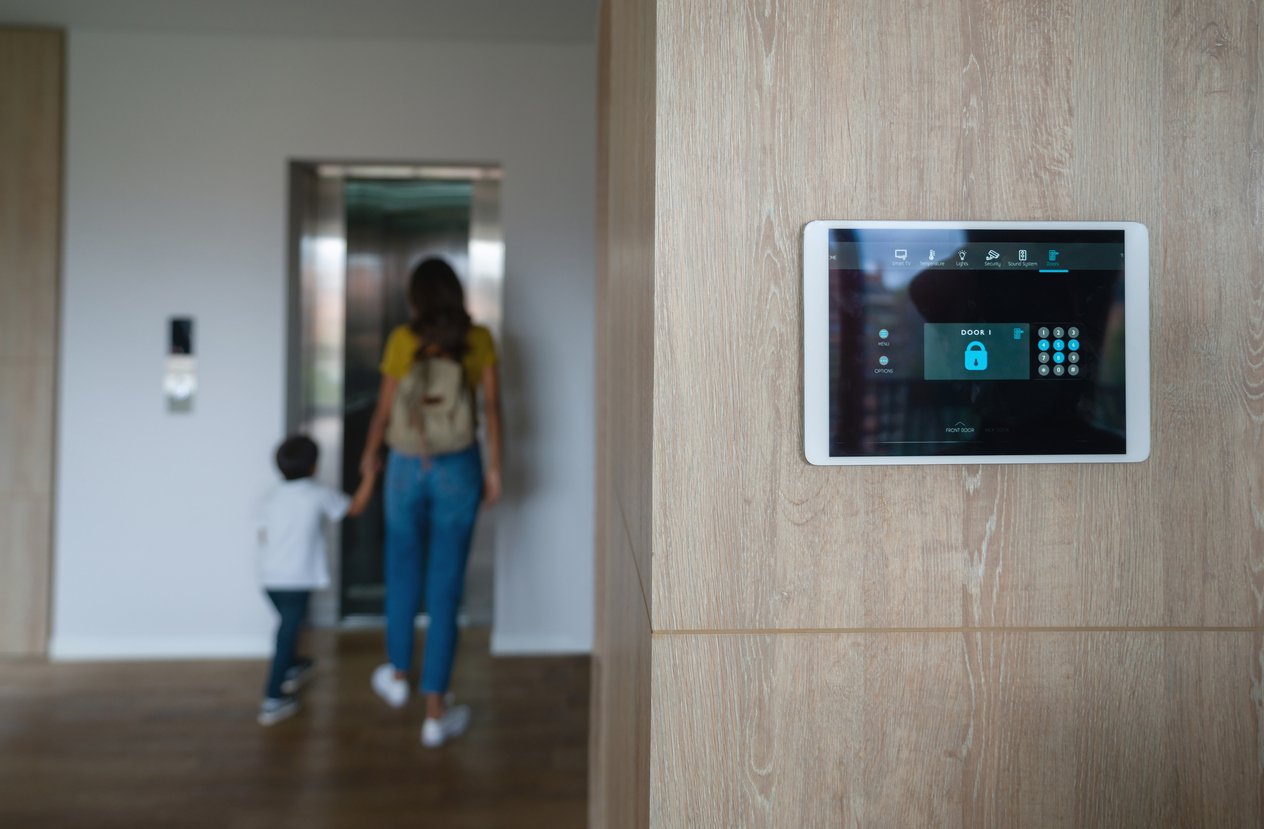
6 things to know before bringing new tech into your building
Technology can be a great way to upgrade your building’s
amenities and operations. It can boost property value, help you save money, and improve efficiency. But choosing the wrong tech can introduce new complications or unnecessary expenses.
From keyless entry solutions and productivity software to sensors that monitor energy consumption, there are many proptech options out there. So how do you go about identifying the best technology for your condo or co-op building?
Just like a good contractor bid process, take the same approach to evaluating technology providers. Don’t just rely on brand recognition or one recommendation. Aim to talk to two or three companies offering different solutions to ensure you have a thorough understanding of the landscape, how they’re different, pricing models, and how they’ll support you once you become a customer.
If you don’t know where to start, you can also ask your property manager, resident manager, or a third-party consultant to help you identify technology opportunities and companies to evaluate.
Here are six critical considerations for vetting potential solutions.
1. What problem are you solving?
A good way to avoid future headaches is to avoid bringing in tech for tech’s sake. Shiny new things can lose their luster quickly if you aren’t very clear on the problem you need to solve. Start by identifying that—and then evaluate the best approach to solving it.
For instance, if you start your search looking for a mobile app to assist with resident communication, the technology you will identify will be different than if you start your search for tools to help streamline communication with residents. By starting with the problem, you’ll cast a more targeted net for the technology solutions that are the best at solving it.
2. Examine the user experience
Regardless of whether this technology will be for back-of-office use or resident-facing, make sure to fully understand the user experience. How easy will it be to set up, administer, and use? Will it require a lot of training?
Choosing a more difficult-to-use platform has both near-term and long-term implications. It will take more time to learn how to use and get started, will be harder to enforce adoption and use, and may lead to more complaints from users.
Even if a solution might feel extremely feature-rich, make sure you’re not making a decision based on shiny features you won’t end up using (back to criteria #1)—and instead focus on the quality of how the technology delivers on what you do need.
3. Customer support
Things will happen. You’ll run into an issue, a problem, or something may break. The question to ask is how the technology company will support you when something does go wrong. Will the company be there for you when you have a pressing question?
Get a straight answer on how long it will take for them to get back to you, and the support structures they have in place. A quick proxy for that is how easy it is to get a response and the speed to turn around information like a transparent quote in the sales process.
4. Onboarding
So you’ve made the decision to get started! But wait—how long does it actually take to get started? Before you sign anything, find out more about the onboarding process.
Specifically, what information, conditions, or setup does the technology provider require in order to get going? Will the technology company help you with the setup or do you have to do it on your own? For instance, some hardware systems will require power lines, telephone lines, or separate Wi-Fi. It’s more common than one would think to hear that what should be a simple software implementation—like a tool for sharing files with the board—took a full year. Would you make the same decision if you knew that in advance?
In many cases, there’s also an additional cost for onboarding and transition management. Consider the hard costs as well as the overhead as you’re evaluating the overall cost of a solution.
5. Data security
Any technology solution will have access to data about the building in order to operate, whether that’s resident information, passwords, access logs, or building documents. Find out what the technology company’s stance is on your data’s security, and how they will proactively protect you from a potential breach.
Technology companies have to stay on top of the risks in today’s information security environment. They can opt into meeting compliance standards that are assessed by outside auditors, such as System and Organization Control (SOC) reports. Make sure to ask any technology provider what measures they take to ensure data security.
One additional data tip: find out their process for migrating or extracting data if you decide to discontinue their services.
6. Continuous improvement
Lastly, technology is always changing. That’s what makes it so powerful—it can adapt and evolve on a constant basis. Find out whether the technology you choose is keeping up pace, and if they’re doing so with your feedback in mind.
How frequently does the technology provider make updates to their software or firmware (a type of software embedded into hardware devices)? How do they take customer feedback and implement that into their roadmap? You can look backwards for evidence as well by asking: when was their last big release, and what changed? Try to look for companies that can answer that timeline in months or quarters instead of years (or never). If they try to convince you that continuous improvement isn’t necessary, that’s a red flag.
Harnessing proptech is an exciting opportunity for buildings. Selecting the right technology can increase your property’s value, financial health, and your overall quality of life. For building boards and managers in particular, taking a holistic evaluation approach will pay dividends from the onboarding process all the way through your continued partnership with the technology company.
Sign Up for our Boards & Buildings Newsletter (Coming Soon!)
Thank you for your interest in our newsletter. You have been successfully added to our mailing list and will receive it when it becomes available.

















